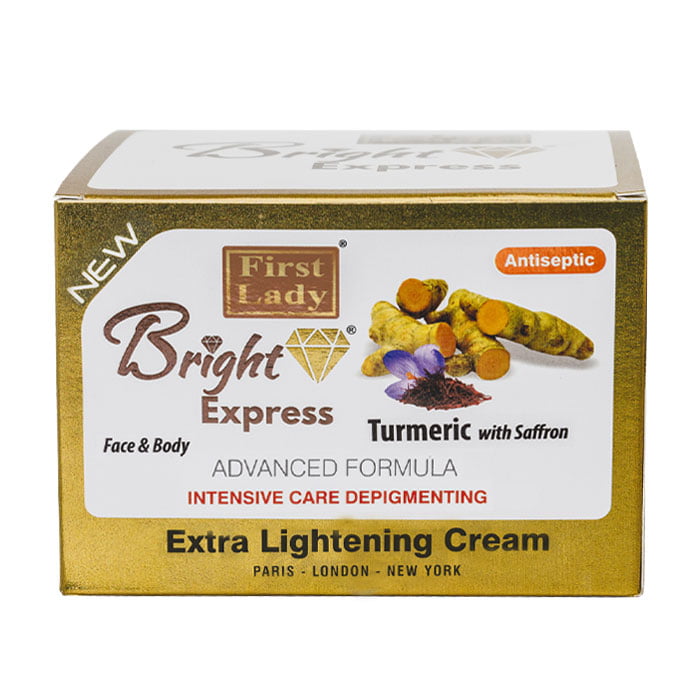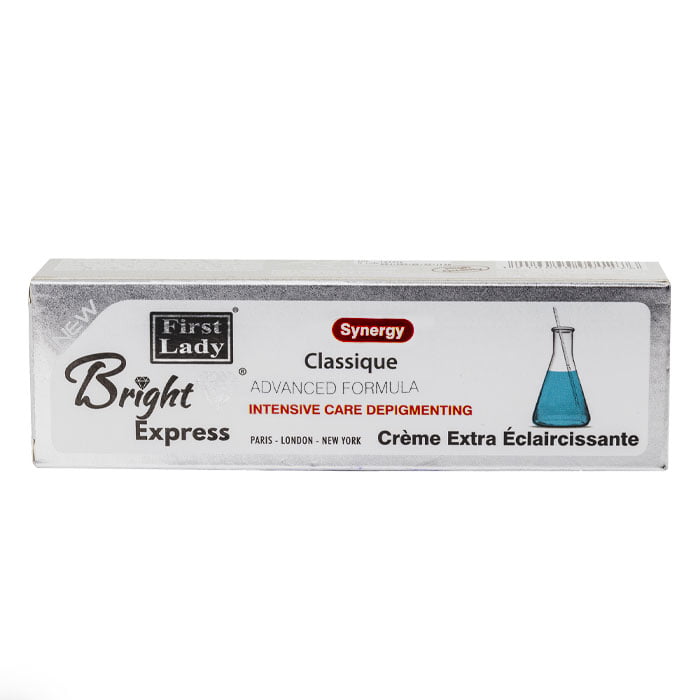Demystifying Skin Lightening Pigmentation: Why Does the Skin Darken First?
Skin Lightening Darken pigmentation products have garnered significant attention in today’s beauty-conscious world. Many individuals turn to these products to correct hyperpigmentation, achieve an even complexion, or desire a brighter glow. However, one common query arises: Why does the skin darken first when using skin-lightening products?
Understanding the intricacies of skin biology and the mechanisms behind skin-lightening products can illuminate this phenomenon.
Skin pigmentation is governed by melanin, a pigment produced by melanocytes in the skin’s deeper layers. When exposed to UV radiation or other environmental factors, melanocytes produce more melanin, leading to tanning or dark spots. Skin-lightening products work by inhibiting melanin production or promoting its breakdown, thereby reducing pigmentation.
 -49% Off
-49% Off£259.95Original price was: £259.95.£131.94Current price is: £131.94.First Lady Glutawhite Kit: Luxurious, effective skin care with Glutathione, Papaya, Carrot, and vitamin E for ultimate Lightening and radiance. All of which rapidly whiten skin.
Read our blog: Demystifying Skin Lightening Pigmentation: Why Does the Skin Darken First?
 -41% Off
-41% Off£184.95Original price was: £184.95.£109.95Current price is: £109.95.First Lady Premium set includes top-notch ingredients—L-Glutathione, Collagen, Truffle, Argan, and Coconut—for radiant skin, ensuring high-quality skin whitening.
Read our blog: Demystifying Skin Lightening Pigmentation: Why Does the Skin Darken First?
When beginning a skin-lightening regimen, it’s common for the skin to darken initially. This can be attributed to several factors:
Exfoliation and Cell Turnover:
Skin-lightening products often contain ingredients that accelerate cell turnover and promote exfoliation. As new, less pigmented skin cells rise to the surface, the darker, pigmented cells are shed. This process may make the skin appear darker before revealing a lighter complexion underneath.
Time and Patience:
Achieving noticeable results with skin-lightening products requires patience. While some may expect instant transformation, the reality is that the skin’s natural processes take time to respond to the treatment. Consistent product use over months is necessary to see significant lightening effects.
Regulation of Melanin Production:
Skin-lightening products work by regulating melanin production. Initially, as the product begins to influence melanocytes’ activity, there may be fluctuations in pigmentation. Darkening of the skin could indicate the melanocytes’ response to the product before eventually adjusting to the regulated melanin production.
Consistency is critical to maximise the efficacy of skin-lightening products and minimise the darkening phase. Here are some tips for effective use:
Follow a Routine:
Establish a regular skincare routine that includes cleansing, applying the skin-lightening product, and moisturising. Consistency in application is crucial for optimal results.
Protect from UV Radiation:
UV exposure can stimulate melanin production, counteracting the effects of skin-lightening products. Use broad-spectrum sunscreen daily to protect the skin from harmful UV rays.
Hydrate and Nourish:
Maintain skin hydration and nourishment to support its natural healing and rejuvenation processes. Look for products containing hydrating ingredients like hyaluronic acid and antioxidants to complement your skin-lightening regimen.
Monitor Progress:
Track your skin’s response to the product over time.
The initial darkening of the skin when using skin-lightening products is a natural part of the process as the skin undergoes exfoliation and cellular turnover. Individuals can achieve the desired lighting effects and a radiant complexion with patience, consistency, and proper skincare practices. Remember, beauty is not just about external appearance but also about nurturing and caring for your skin’s health and well-being.
























































































